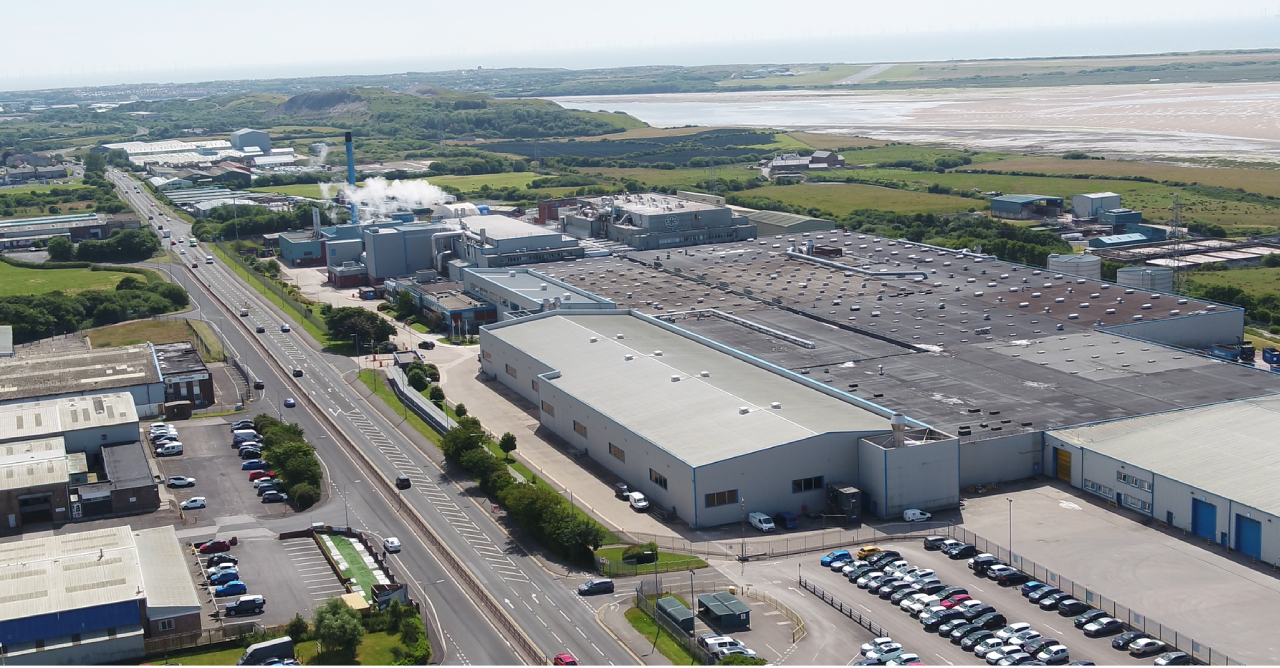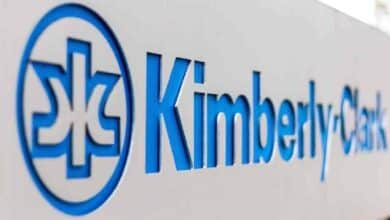Kimberly-Clark to use green hydrogen in manufacturing facility in UK
The soaring price of natural gas led the company to buy green hydrogen produced from renewable energy

Paper mills are intensive users of natural gas. With Russia’s invasion of Ukraine, methane gas prices have soared to record levels. This situation has forced industries to explore alternatives to fuel their production, as well as increasing pressure to switch to green energy.
In this sense, Kimberly-Clark UK, which owns brands such as Kleenex and Andrex, will start using green hydrogen produced from wind and solar energy in its toilet paper plants. As part of an agreement with renewable energy company Carlton Power for its Barrow-in-Furness plant in Cumbria, for example, this replacement will reduce its reliance on natural gas by 30%.
Hydrogen, which can be burned to produce heat or electricity with water as the only by-product, is seen as a good substitute for natural gas, especially since it can be made with electricity from renewable sources such as wind and solar.
“Green hydrogen is a significant next step in decarbonizing our operations and delivering our ambition of 100% renewable energy by 2030 in the UK and Ireland. Kimberly Clark aims to lead the way on sustainability and deliver our purpose of Better Care for a Better World,” said Dan Howell, Vice President & Managing Director, Kimberly-Clark UK & Ireland.
Hydrogen molecules are among the smallest in existence and can be absorbed by metal containers that transport or store the gas, making these containers brittle or prone to cracking. Therefore, storage is one of the great challenges of this fuel, as well as its production at sufficient levels from renewable sources.
Carlton Power’s carbon hydrogen project will initially feature a 35 MW electrolyzer, which will produce around 3,500 tonnes of hydrogen per year, reducing 25,000 tonnes of greenhouse gas emissions – the equivalent of taking 580 trucks off the UK’s roads annually. The hydrogen will be produced by the electrolyser using electricity that is generated from renewable sources, mainly wind and solar.
To make it viable, Carlton is seeking government funding to help finance the construction of the £40m power plant, which is due to start producing hydrogen in 2025. UK will have up to 20% hydrogen from 2023.

.jpg)









